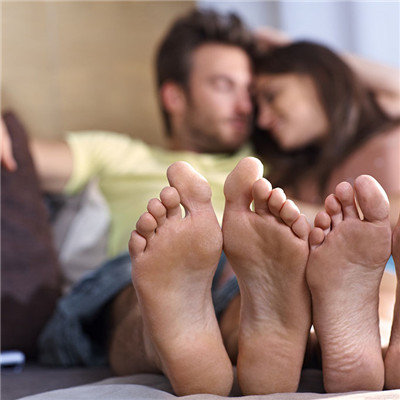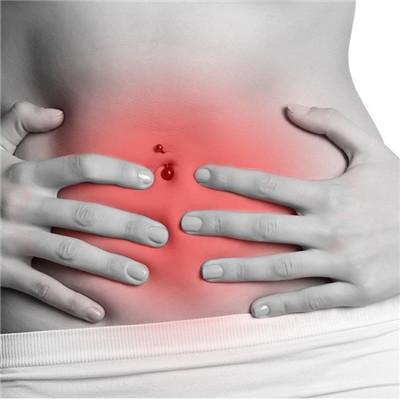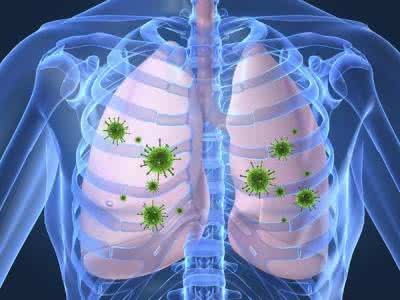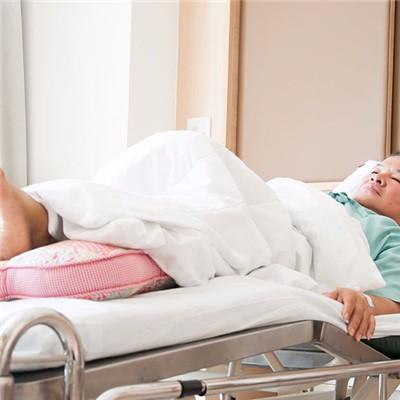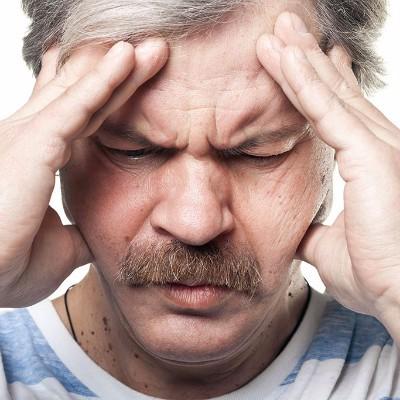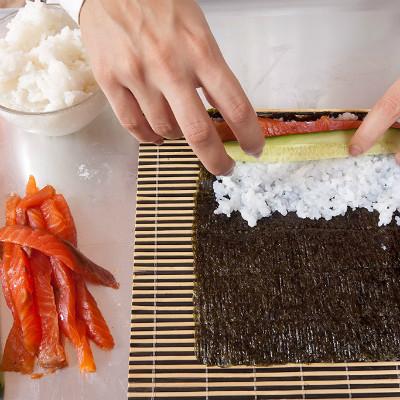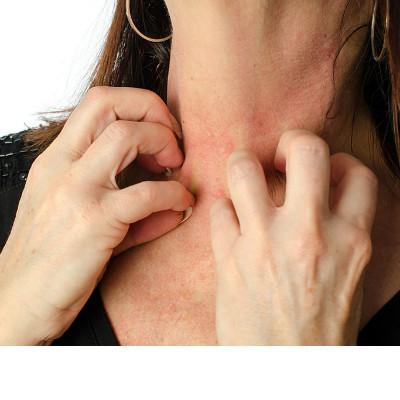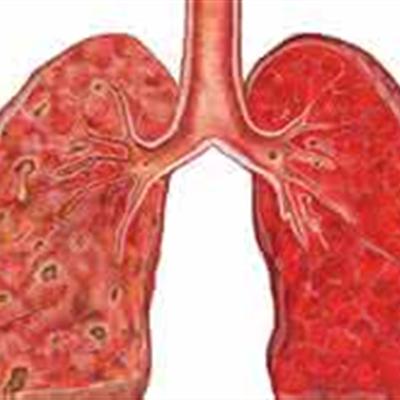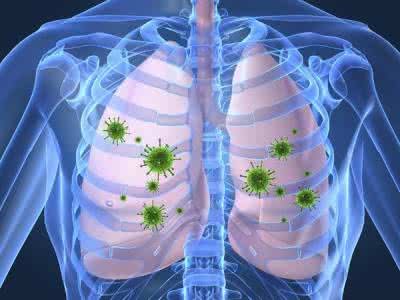How to treat hormone dependent dermatitis
summary
Hormone dependent dermatitis mainly occurs in the face, with erythema, rash, telangiectasia, trichome hyperplasia, pigmentation as the main manifestations, affecting the appearance. At the same time, the skin barrier is damaged, the patient's skin is seriously dehydrated, dry, desquamated, aging, seriously affecting the appearance. Hormone dependent dermatitis is also prone to repeated attacks, and the treatment cycle is long. Most patients are nervous, depressed, anxious and irritable. Patients will also have social and psychological problems due to facial skin lesions, the most common are damaged self-esteem, self-confidence, embarrassment, depression, tension, social barriers, which bring distress to the patient's work and life, and even affect the patient's health and social life. How to treat hormone dependent dermatitis.
How to treat hormone dependent dermatitis
First, long-term external use of glucocorticoids in general treatment can lead to the destruction of skin barrier function and increase the sensitivity of skin to various external physical and chemical stimuli. Therefore, should pay attention to avoid the sun, heat stimulation, when eating stimulating food.
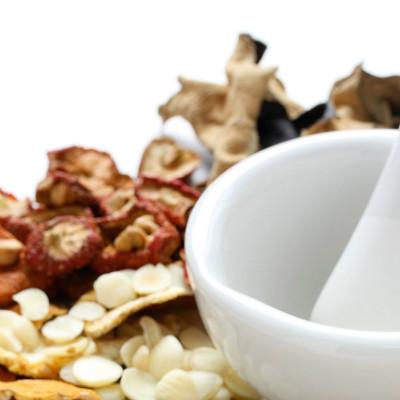
Second: if the patient's condition is serious, a small dose of glucocorticoid can be used for a short time to maintain the glucocorticoid level and avoid rebound caused by stopping glucocorticoid quickly. Patients with acne like lesions can be treated with viaminate capsules or tetracycline tablets. Can also be oral anti allergic drugs, non-specific inflammatory drugs and anti photosensitive drugs, such as: cyproheptadine, aspirin, hydroxychloroquine, etc.

Third: the decreasing hormone method was used for patients with long course of disease and severe reaction after drug withdrawal until discontinuation. The strong effect preparation was replaced by the weak effect preparation. From high concentration to low concentration. Gradually reduce the frequency of medication, extend the interval of use. For patients with short course of disease and medication time and mild rebound after withdrawal, hormone preparation can be stopped.

matters needing attention
Calcineurin inhibitor: such as 0.03% or 01% tacrolimus cream, 1-2 times a day. Non steroidal ointment. Such as butylphthalic acid cream. Ethoxybenzamide cream. Flufenamate ointment. 1-2 times a day.



